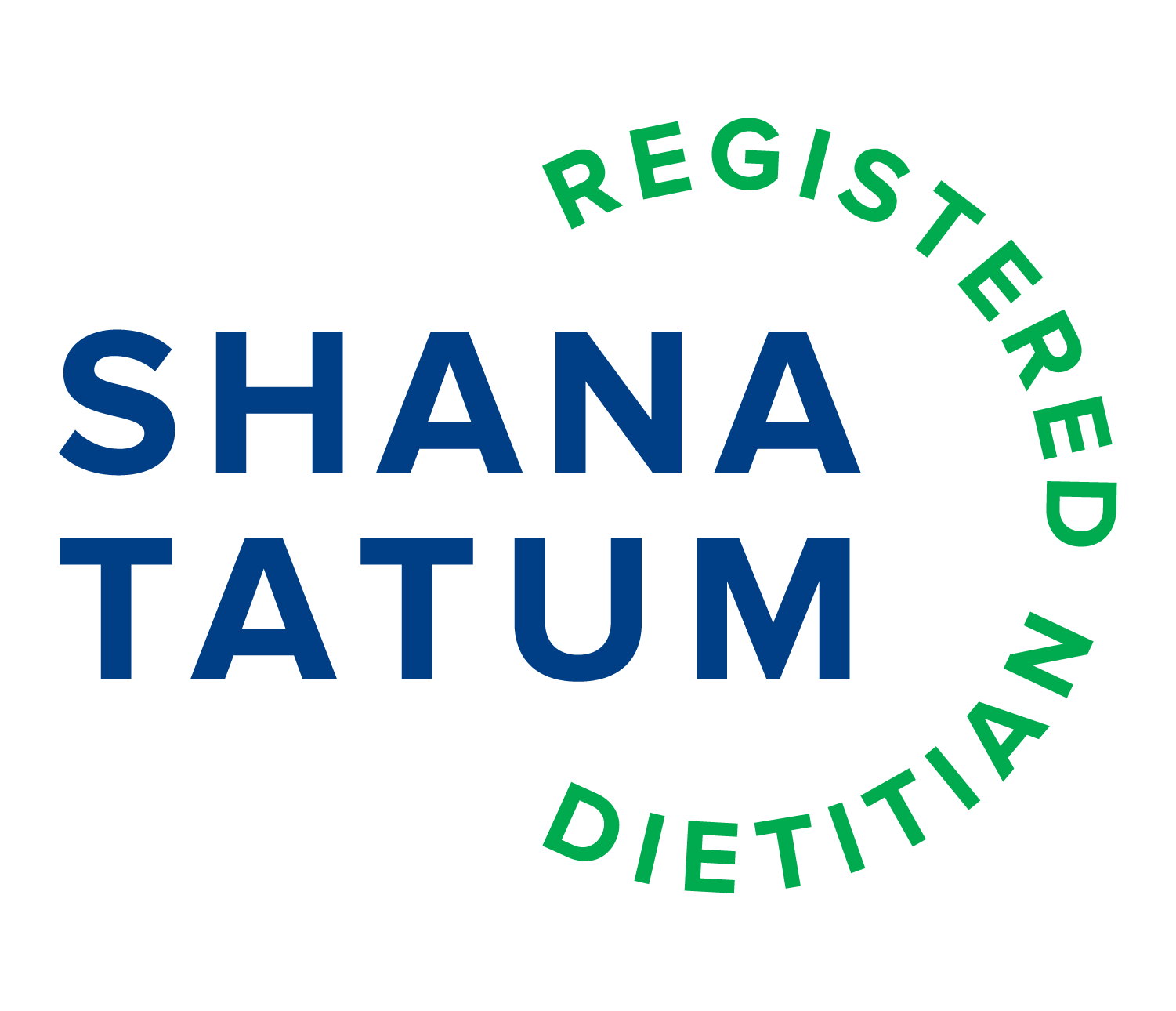What is Cholesterol?
Photo by Ella Olsen
September is National Cholesterol Education Month, a great time to learn what causes high cholesterol and how to prevent or manage the condition.
Cardiovascular diseases (CVDs) are the leading cause of mortality and disability worldwide, accounting for approximately 17.3 million deaths per year according to a prospective study in the journal Nutrition. Hyperlipidemia, high lipids in the blood, can cause atherosclerotic plaques and is considered a major risk factor for CVDs.
Agencies, such as the American Heart Association, concerned with cardiovascular health have consistently stressed the importance of lifestyle and diet as the primary means of lowering blood lipids and CVDs risk.
Cholesterol is a waxy fat-like substance. It is a necessary component for every cell structure in the body. It also is the base for all sex hormones. About 25% of the cholesterol in the body comes from dietary intake. Production from the liver accounts for about 75%. It is carried through the blood on proteins called lipoproteins. Low density (LDL), and high density (HDL) are the two your doctor is usually tracking.
Total cholesterol – under 200 milligrams per deciliter (mg/dL
LDL cholesterol under 100 mg/dL
HDL cholesterol at least 60 mg/dL
Many things may increase your risk of high cholesterol, including age, genetics, smoking, diet, obesity, and physical inactivity. You can help keep cholesterol in check by enjoying foods with plant sterols and stanols, limiting your intake of saturated fats, and selecting lean protein foods. A few other ideas are listed below:
Soluble Fiber
Recommended daily fiber intake set by the Food and Nutrition Board include 25g for women and 30g for men. Most Americans consume closer to 10-12g daily. Fiber improves cholesterol by 1.) absorbing fat in the intestinal tract for excretion, 2.) reduces bile salt reabsorption- the breakdown of cholesterol to make it useable in other ways 3.) slows digestion which reduces high blood sugar that can trigger higher triglycerides. Soluble fiber dissolves in water and forms a gel attracting these fats. Examples include:
Oats
Beans and Lentils
Avocado
Broccoli
Berries
Apples and Pears
Flax and Chia seeds
Green Tea
Green tea, which is derived from the plant Camellia sinensis, is a popular beverage worldwide, and can delay the onset of numerous diseases such as CVD’s, metabolic diseases, and hypertension. Consumption of green tea has been shown to reduce low density lipoproteins, LDL cholesterol and total cholesterol. Tea polyphenols, specifically catechins (flavonoids), are crucial in promoting health. One such catechin epigallocatechin gallate or EGCG is most abundant and has anti-inflammatory, antioxidant, anticarcinogenic, and anti-obesity properties. Studies show the dose varies from 2-10 cups daily. Green tea extract or capsules can also be taken to enjoy the benefits of this antioxidant. Look for formulas standardized to a minimum of 90% polyphenols and 55% EGCG.
Exercise
An article in PubMed Central reported exercise recommendations for regular physical activity. This has been shown to increase HDL cholesterol while maintaining and potentially offsetting increases in LDL cholesterol and triglycerides. Aerobic exercise, at high intensities (30 minutes of activity at 60-80% of maximal heart rate) appears to be more effective in improving the lipid profile than low intensity physical activity. But, if walking is all you can accomplish, keep walking!
Managing Stress
A study from the journal Medicine reported that when groups were subjected to psychological stress and physical stress a rise in cholesterol could be measured. Those that reported high psychological stress showed higher LDL cholesterol, triglycerides, and lower HDL cholesterol. The correlation is thought to be with the stress hormones epinephrine, norepinephrine, and cortisol. These hormones elicit glucose to be released from the liver. In chronic stressful situations, glucose may be repeatedly unused and converted into triglycerides or other fatty acids. Research shows that these fatty deposits are more likely to end up stored for energy use later in the abdomen. This abdominal fat creates higher risk for cardiovascular disease and diabetes.
Consider at your next physical with your doctor, to have a more in-depth conversation about how changes to lifestyle may contribute to more optimal cholesterol levels.

